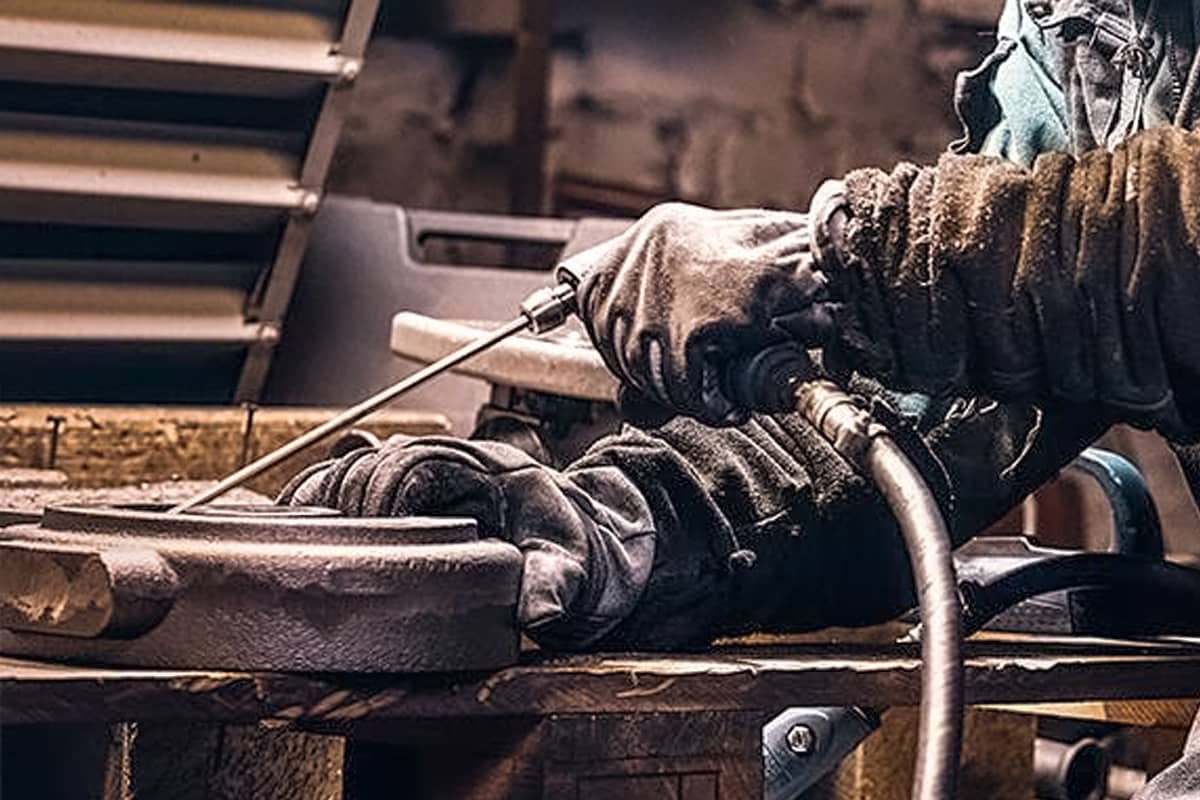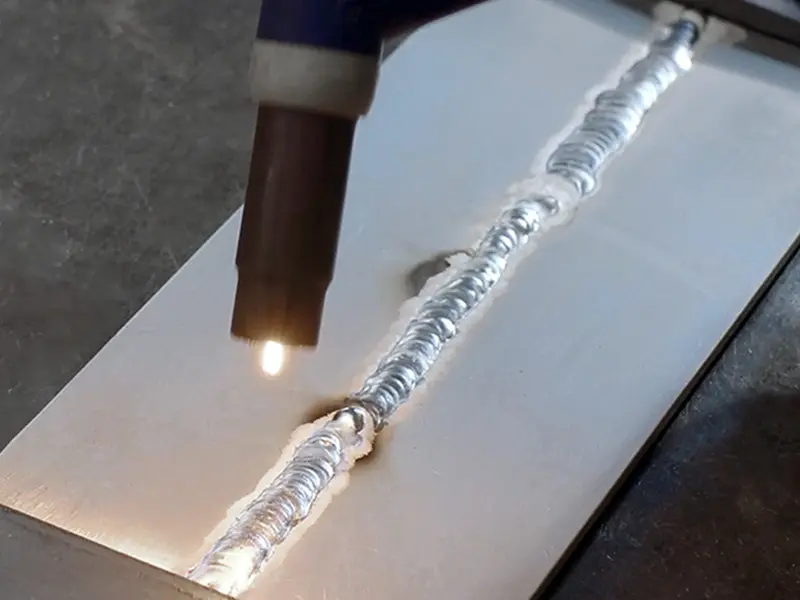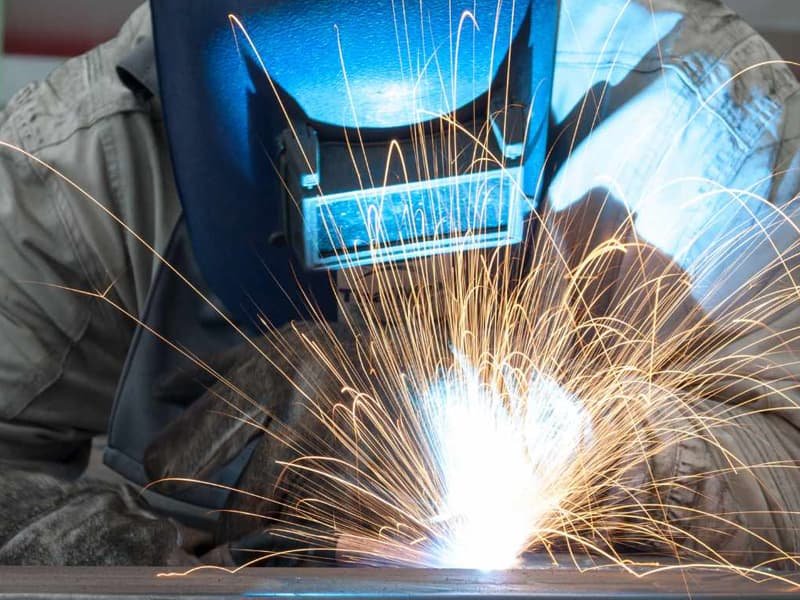So you’ve got a welding machine, maybe even burned through a few rods or spools of wire, but now you’re staring at a new project and wondering: “Should I use MIG, TIG, or stick welding here?” You’re not alone. Picking the right method can feel like choosing between a Swiss Army knife and a chainsaw. Both cut, but one’s way better for the job. Let’s cut through the jargon and figure out what each method does best, how much they’ll cost you, and where most hobbyists mess up.
MIG Welding: The “Hot Glue Gun” of Metalworking
MIG (Metal Inert Gas) welding is the go-to for DIYers tackling car repairs, garden gates, or backyard BBQ grills. It feeds wire automatically through a gun, making it feel like using a caulk gun if that caulk gun shot molten metal.
What It’s Good For:
- Thin Metals (18–24 gauge): Think auto body panels or sheet metal art.
- Speed: Lay down beads fast with minimal cleanup.
- Indoor Projects: Shielding gas (like 75% argon/25% CO₂) hates wind, so keep it in the garage.
Where It Frustrates Newbies:
- Gas vs. Gasless: Gasless MIG (aka flux-core) is cheaper but splatters like bacon grease. Use it outdoors; save gas-shielded MIG for smooth indoor welds.
- Wire Jams: Cheap liners or kinked cables cause 90% of feed issues. Spend $20 extra on a Teflon liner.
Burn-Through on Thin Stuff: Dial the voltage down to 15–18V and move fast.
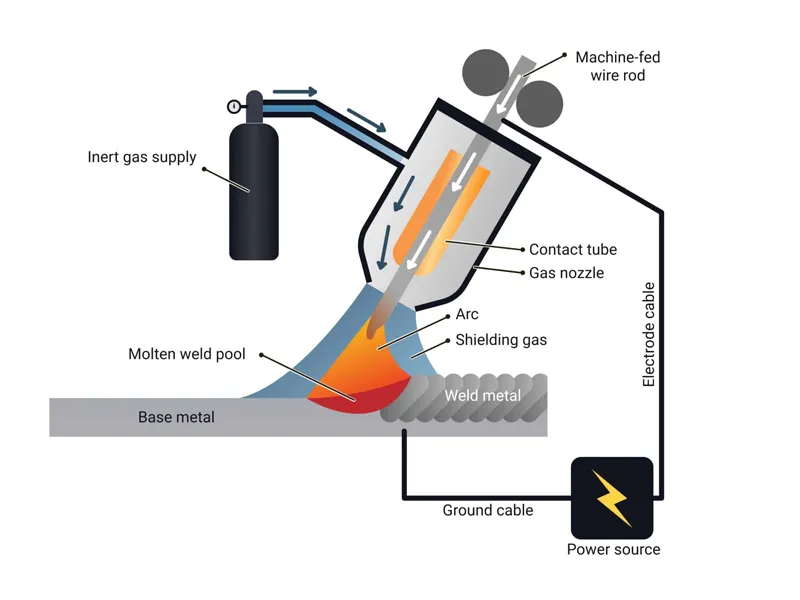
TIG Welding: The “Surgeon’s Scalpel” (If You’ve Got Patience)
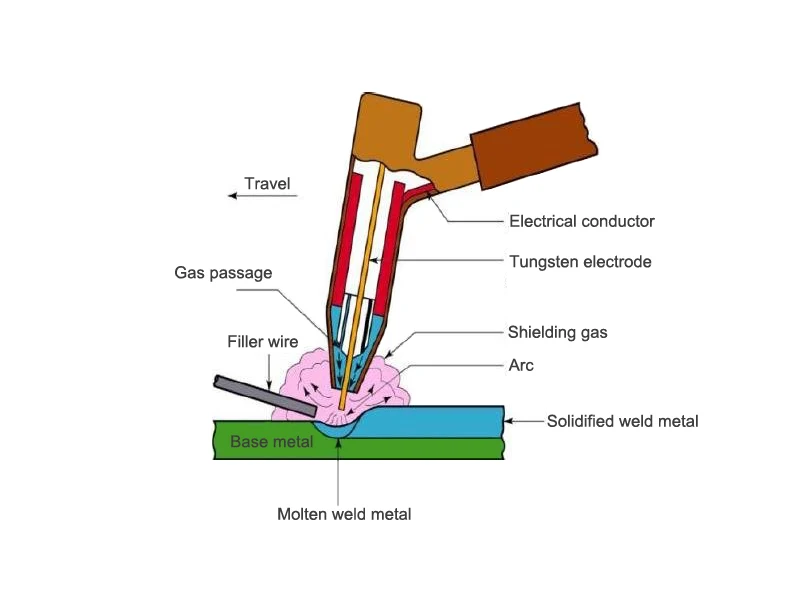
TIG (Tungsten Inert Gas) welding is what you see in those Instagram videos with glowing blue arcs and flawless stainless steel coffee mugs. It uses a handheld torch and filler rod, demanding two-handed coordination.
What It’s Good For:
- Thin or Fussy Metals: Aluminum, stainless steel, or copper pipes.
- Precision: Weld jewelry, motorcycle exhausts, or art pieces without splatter.
- No Cleanup: No slag to chip off. Just brush and go.
Where Newbies Get Stuck:
- Foot Pedal Control: Adjusting heat with your foot while feeding filler rod feels like rubbing your belly and patting your head. Practice on scrap for 30 minutes first.
- Tungsten Contamination: Touch the tungsten electrode to the workpiece? Now it’s garbage. Keep a sharpened tungsten stick nearby.
- Gas Flow: Use 15–20 CFH argon flow. Too low? Porosity (bubbles) ruins the weld.
Stick Welding: The “Old-School Workhorse” That Won’t Quit
Stick welding (SMAW) is what your grandpa used to fix tractors. It’s loud, smoky, and throws sparks like a Fourth of July sparkler. But it’s nearly indestructible and works outdoors.
What It’s Good For:
- Thick Metals (1/8”+): Farm equipment, structural steel, or rusty metal.
- Outdoor Jobs: Wind? Rain? No problem.
- Cheap Startup: A basic $200 inverter stick welder gets you going.
Where Beginners Struggle:
- Arc Striking: Scratch the rod like a match. Too hard and it sticks. Too soft and it won’t ignite.
- Rod Compatibility: 6013 rods are forgiving for practice; 7018 rods need an oven to stay dry.
- Slag Hammers Are Mandatory: Forget chipping slag off, and your weld looks like a burnt marshmallow.
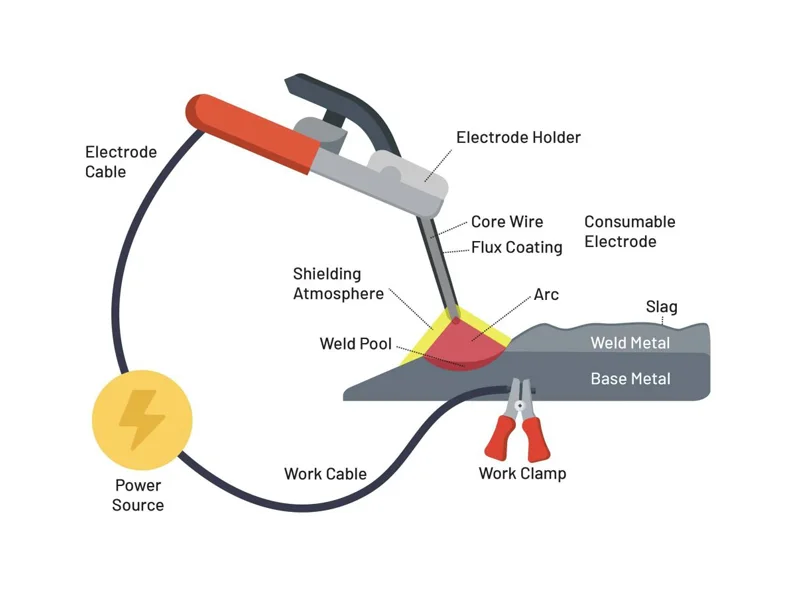
The Practical Cheat Sheet
Still unsure? Match your project to these scenarios:
- “I’m Fixing a Rusty Truck Frame in My Driveway”
→ Stick Welding. Thick steel + outdoor conditions = stick’s playground. - “I Want to Build a Stainless Steel Fire Pit That Looks Pro”
→ TIG Welding. Slow and steady wins the race for shiny, clean joints. - “My Kid’s Science Fair Project Needs a Metal Robot Sculpture”
→ MIG Welding. Quick, easy, and less likely to warp thin sheets.
Cost Breakdown (Because Your Wallet Matters)
- MIG: 500–500–1,200 (machine) + $50/month (gas refills).
- TIG: 900–900–2,500 (machine) + $20 (tungsten electrodes).
- Stick: 200–200–500 (machine) + $2 per rod.
The One Mistake 80% of Hobbyists Make
Using the wrong polarity!
- MIG: Gas-shielded = DC+ ; Flux-core = DC-.
- TIG: DC- for steel, DC+ for aluminum.
- Stick: Follow the rod’s specs (usually DC+ or AC).
Switch polarity at the machine’s terminals. It takes 2 minutes and saves hours of frustration.

